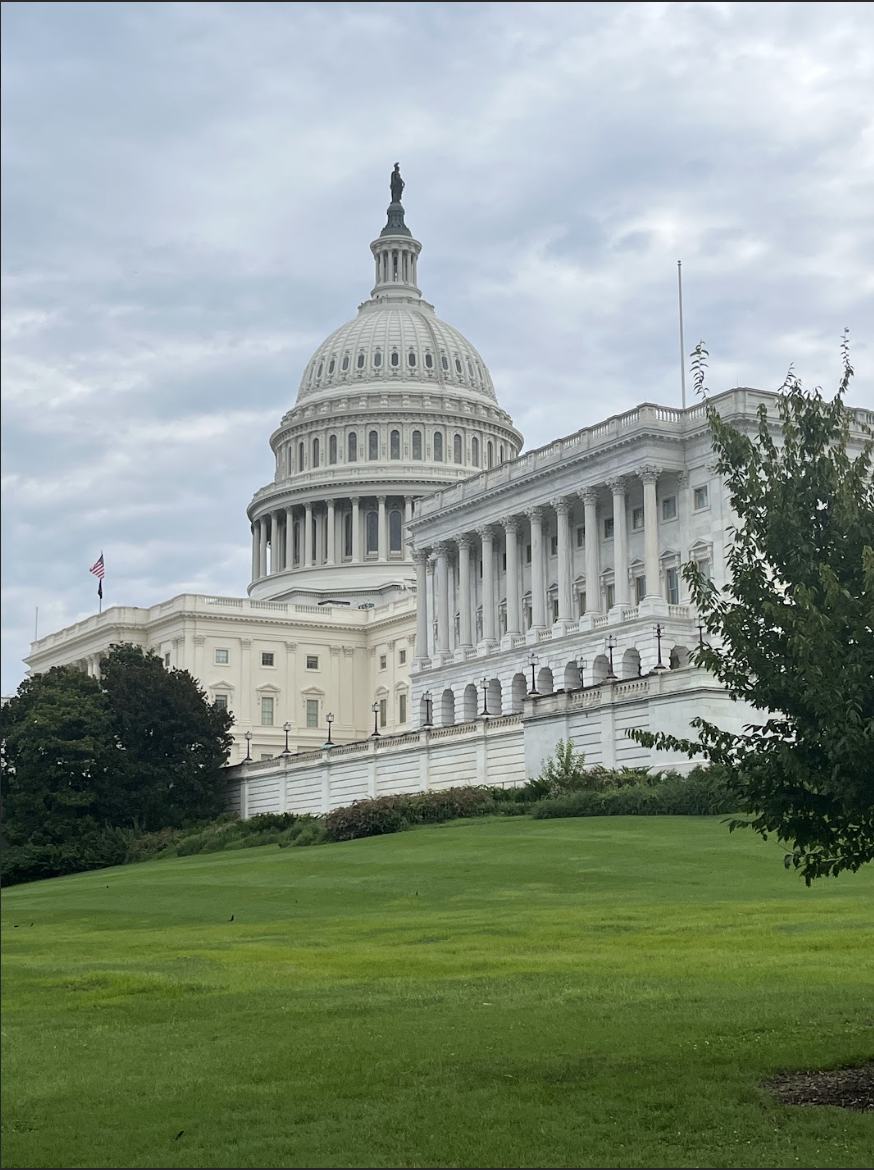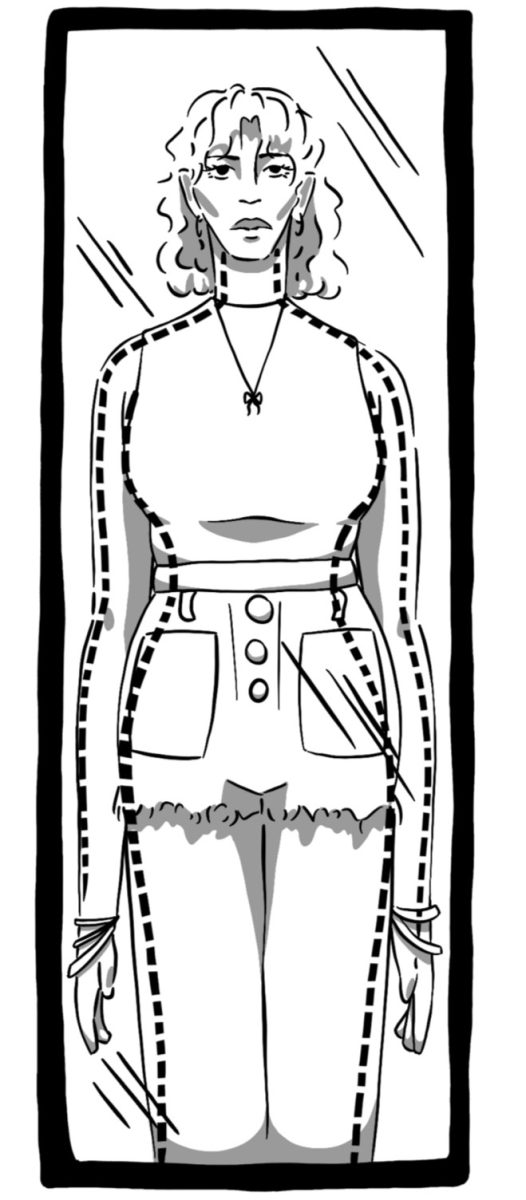“Someone take this young woman to the range. She could learn some self-respect and confidence,” read an anonymous online comment from “Mr. S.” The “young woman” being referred to is me, with the insinuation that a shooting range would teach me confidence. At me, a person who had written an op-ed about my feelings on gun safety in schools.
In late 2022 I was given the opportunity to write a front-page story for Yamhill County’s News-Register. It was an incredible opportunity to get my voice heard and to a crowd that would normally never know my name. However, after my article “Living with firearms means living in terror for students” was published, was when I learned that a journalist will always be questioned and doubted.
Immediately comments flooded the page of “she doesn’t know” or “who would trust a girl from SW Portland?” Instead of trying to understand my point of view, they defended their opinions much like they would their firearms.
This was the first time I had been personally exposed to the dangers of journalism in what is supposed to be a country that stands for “freedom of speech.” In a world where opinions are trusted over facts, it surprised me that my opinions could be “so wrong” and disrespected. However, in the world of media and journalism we see today, this shouldn’t be unsurprising.
Journalism is the pillar of democracy. Accurate, ethical journalism holds the powerful accountable and brings light to the unseen heroes of everyday life. I believe that journalism will always have a meaningful place in our society, but it seems like ethics have often been replaced with rumors and catchy headlines.
With the rise of technology and social media, anyone can share whatever they want, at any time. And while this can be extremely powerful and important, it can also be harmful and misleading.
Looking back on how technology has improved journalism, radio and broadcast are prime examples. On Nov. 2, 1920, the first scheduled radio broadcast aired and from there, the realm of multimedia continued to flourish.
It was because of radio broadcasting that people were able to hear live updates of football games when they weren’t attending the game, and how officials in Hawaii were able to issue updates just hours after the Pearl Harbor attacks in 1941. With new possibilities to share stories with the public, more types of news and multimedia were expanded.
After the success of radio, television broadcasting came to be, adding visuals to the news in a way never seen before. In 1947 the first news program, called Meet the Press, aired on NBC and became the longest-running show in television history. TV journalism has only expanded since, with live sports coverage to in-depth interviews and documentaries, the world of television has opened up many possibilities to journalists.
Television broadcasting has long been argued to be the most successful form of journalism because of the enriching details that can only be captured by moving images. One of the first times this became most apparent was in 1963 when President John F. Kennedy was assassinated and people were able to get live updates on television as the events unfolded. Additionally, in 1986 when NASA’s Challenger was recorded live, thousands of school children were able to watch as the space shuttle unexpectedly exploded. These events proved how effective live television is and brought a new age to journalism as talk shows and news anchors became staples in American journalism and entertainment.
However, looking at the opposite side of this, you see social media. And while social media has endless possibilities for journalism it also has endless possibilities for fake news and unnecessary damage.
The internet gave journalism a new platform and a new way to share news. Articles could be viewed from any device that could access the internet instead of needing to find and buy the latest issue. New mediums being introduced to the world of news became more and more compelling to people who were uninterested in simply reading newspapers. Between radio and television programs, people could choose how they wanted to consume their news. Nowadays, newspapers rely heavily on social media and catchy headlines to capture the audience’s attention.
The concept of journalism has gone through a cultural shift with the rise of social media. Apps like Twitter, now known as X, have been used to share the most important parts of a story as well as being used for connecting with others. However, in recent years, Elon Musk has made X a nearly unusable platform. With new policies like being able to pay for a certification, it is difficult to fact-check who is reliable and who is a robot.
TikTok is another short video-sharing platform that has become increasingly popular, primarily among people under 30. The app has been downloaded 4.7 billion times globally as of February 2024. TikTok has expanded to much more than sharing dance videos; it has also become a space for social justice advocates to share their stories and to spread awareness about important issues happening around the world. This is also something that has increased on Instagram, through its video platform, Reels.
As someone who sees my future in the journalism field, I believe it is crucial as a society to learn how to use social media in a productive and positive way. When anybody can share news, the role of journalists changes. And while there have been many shifts, it is essential to remember that journalism is vital for a productive society and can not be forgotten or overlooked.




















